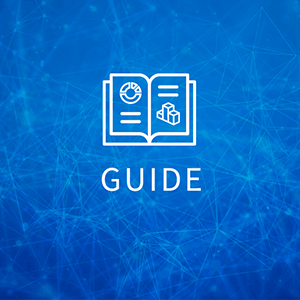Lifecycle management is a pillar of IT asset management and a challenge for organizations of every size. This is due to the fact that vendors consistently (or sometimes inconsistently) set end of life (EOL) and stop supporting their products and applications. Much like Ben Franklin’s observation about death and taxes, nothing can be said to be certain except that your vendors will eventually set EOL on their product(s).
As we wrap up 2019, many are either sweating migration planning for 2020 or missing the changing tide and will be caught off guard in the new year.
Are you a Windows 7 user? Does your organization deploy Windows Server 2008 or Exchange Server 2010? Come January 14, 2020, those products will reach end-of-support (EOS). This means security updates will no longer be provided by Microsoft, and upgrading to the latest cloud or on-premises versions is required to remain secure.
If you’re not ready to part with your trusted and beloved Windows 7, or you just love the Windows Server 2008 R2 experience, Microsoft does provide an Extended Security Update (ESU) program for some of their legacy products as a last resort. Click here for more information about the ESU program and additional details on Microsoft’s EOL/EOS.
IT Visibility
The business promise of your IT is huge. But it takes a complete, up-to-date view of your hybrid environment to make the most of it.
In case you missed EOS for SQL Server 2008 and 2008 R2 in July, now’s the time to act to update your programs. And to future-proof by looking ahead to some of Microsoft’s upcoming EOS, make sure you’re planning for Office 2010 Client, SharePoint Server 2020, Project Server 2010 and Windows Embedded Standard 7 (also eligible for the ESU program).
But lifecycle management doesn’t stop at Microsoft. The end of year signals the retirement of products from vendors across software and hardware categories, and 2020 will bring a whole new set of products to be retired.
Don’t be left in the dark. Catch up on sunsetting applications with Flexera’s Manufacturer Product EOL/EOS 2019 Report.







